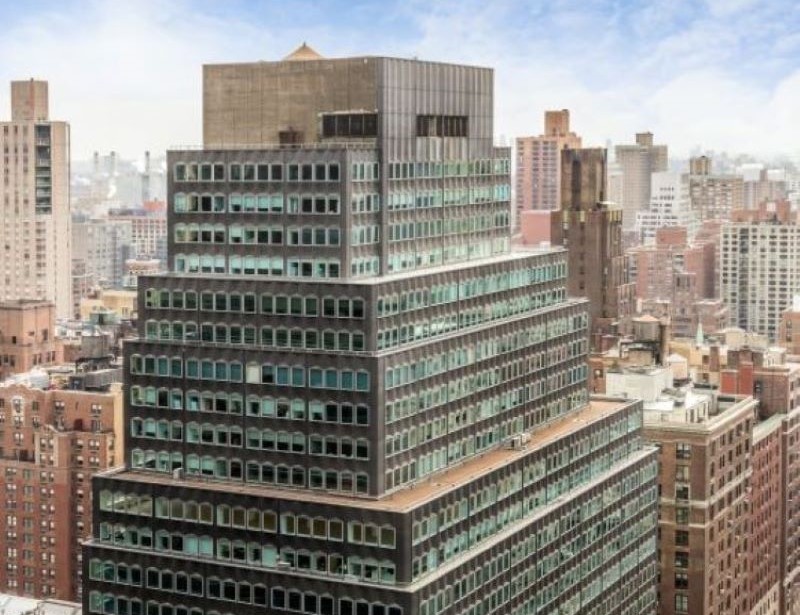What’s Ahead for the Capital Markets in 2018
Lenders are showing no signs of slowing down in 2018 when it comes to commercial real estate. Matt Wurtzebach of Draper and Kramer Inc.’s Commercial Finance Group delves into what we can expect from the real estate capital markets this year.
By Alexandra Pacurar
Over the next 12 months, investors and lenders will be evaluating rising interest rates, the rent growth slowdown and the rise of the industrial sector before deploying capital. While caution is still a buzzword in the industry, the lending environment this year should be relatively similar to that of 2017. Matt Wurtzebach, vice president with Draper and Kramer Inc.’s Commercial Finance Group, discussed with Commercial Property Executive the most sought-after asset classes in the coming year and his 2018 predictions for the capital markets.
What asset classes seem to be in the most demand among investors this year and are their preferences different than in 2017?
Wurtzebach: We are seeing investors on both the debt and equity portions of the capital stack evaluate exposure to each asset class on a market-by-market basis. Exiting the recession, many investors were underweight multifamily and many markets were experiencing undersupply. As supply and demand have rebalanced, and exposure to multifamily has increased, investors are becoming more selective. The best assets are still very competitively bid, but construction lenders that were financing new projects at 75 to 80 percent loan-to-cost (LTC) two years ago have dialed back leverage to 65 to 70 percent LTC. Some of that spare capital has shifted to other asset classes, particularly industrial.
Why is industrial proving to be a sought-after asset class this year?
Wurtzebach: On the permanent lending side, lenders will continue to aggressively pursue high-quality industrial assets, especially when assets are bundled as part of a portfolio. Many of our life company lenders are underweight industrial relative to other asset classes. Because the large REIT owners are able to use unsecured financing in the public debt market, and some lenders focus on industrial as a portfolio to mitigate rollover concerns, lenders have fewer opportunities to gain exposure to that asset class. Additionally, distribution space demand is expected to increase in conjunction with the continued rise of e-commerce and on-demand delivery. That provides a strong tailwind for industrial.
Are industrial assets suitable for mid-term and long-term investment strategies or is this just a passing trend?
Wurtzebach: Industrial product has been, and will continue to be, a core asset class for institutional owners and lenders.
What’s your outlook for the capital markets in 2018?
Wurtzebach: Most of our lenders have indicated that they will invest the same amount of capital into real estate in 2018 as they did in 2017, if not more. I also expect that many lenders will be more aggressive at the start of the year for two reasons. First, many lenders like to lend some money early when they have new allocations. Second, over the next couple of years, portfolio lenders will not be able to rely as much on loan refinances from maturing 10-year loans since they were functionally out of the market between 2008 and 2010.
We also continue to see debt funds and private lending capital compete (and win) against traditional banks. On high-quality, value-add and bridge loans, we have seen debt fund spreads in the high 200s over LIBOR on a non-recourse basis. Combined with the fact that private capital is not as highly regulated as banks, debt funds will continue to be an important capital source.
What challenges do you foresee for real estate financing in 2018?
Wurtzebach: Investors will closely watch rent growth relative to inflation in an expected increasing interest rate environment. If interest rates move faster than rents, there could be a disconnect between buyers and sellers, or debt coverage constraints on loan proceeds. The main mitigant to these potential challenges is that capital is still readily available and lenders should absorb some of the rate increases.
Many believe we are still far from a downturn in the current real estate cycle. What should we expect from the industry going forward?
Wurtzebach: I expect investors throughout the capital stack to view real estate as a must-have asset class in their portfolios. The lessons of the previous business cycle are still fresh, which has tempered over exuberance and will help perpetuate the current investment environment.
Image courtesy of Draper and Kramer









You must be logged in to post a comment.